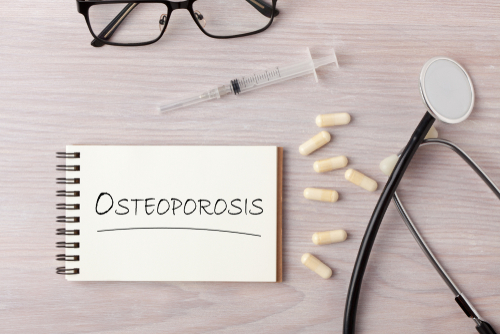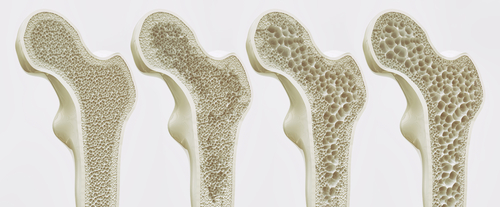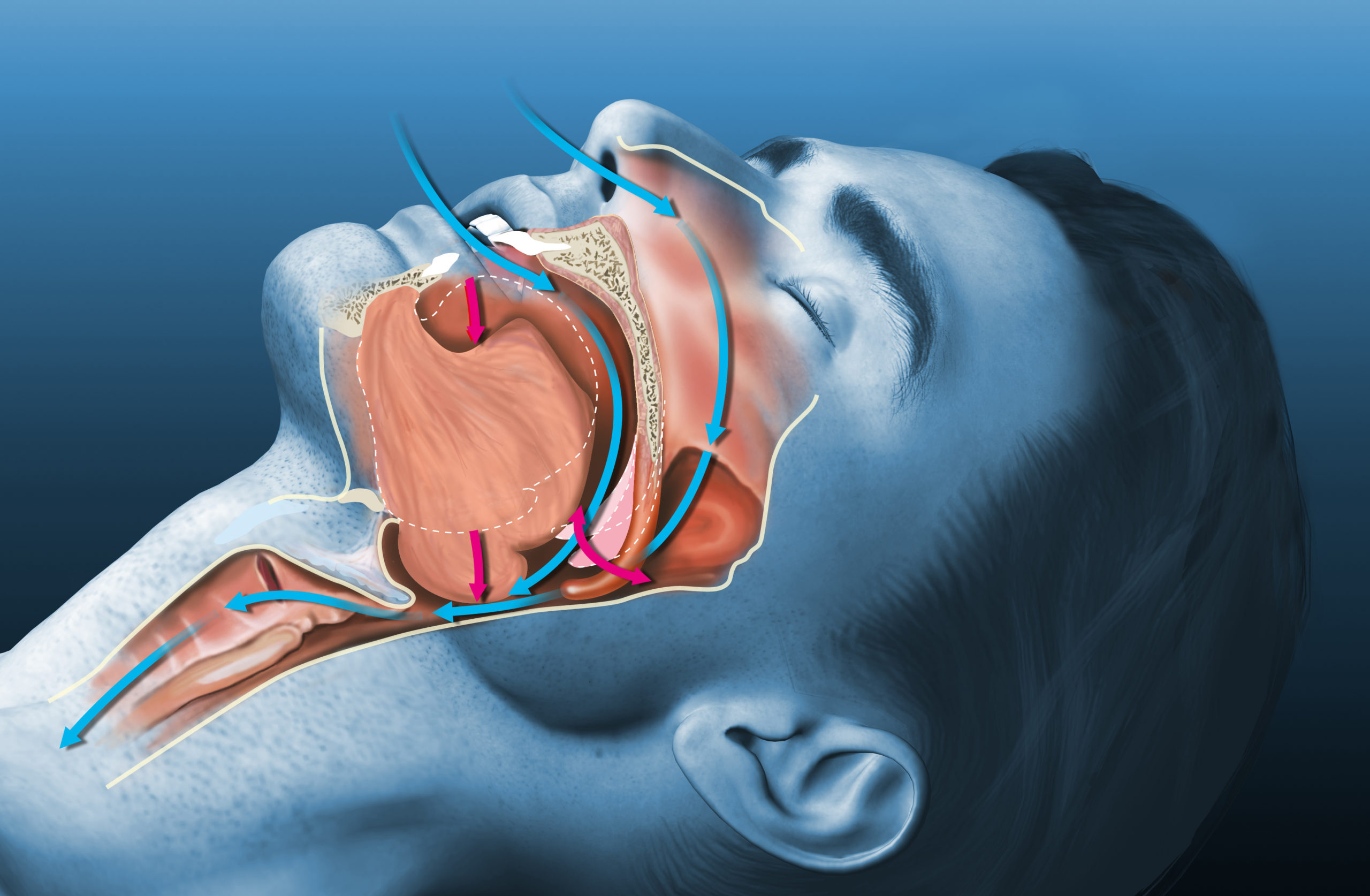
According to a study by Stanford University School of Medicine, osteoporosis and fracture risk might be able to be predicted earlier through genetic screening. The retrospective study, which had nearly 400,000 people enrolled, identified 899 regions in the human genome associated with low bone-mineral density—613 of which have never before been identified.
According to the study, 2 percent of those tested (deemed “high risk”) were about 17 times more likely than others to develop osteoporosis; this group was also about twice as likely to experience a bone fracture in their lifetimes.
A #new #rheumatology #EMJNewsUpdate! Genetic screen could predict risk of #osteoporosis https://t.co/CDbA6iYOZI #Health #MedEd #Medicine #Research #OpenAccess #Healthcare pic.twitter.com/GpvM4nRuhI
— EMJ Rheumatology (@EMJRheum) August 6, 2018
“There are lots of ways to reduce the risk of a stress fracture, including vitamin D, calcium, and weight-bearing exercise,” said study author, Professor Stuart Kim, Stanford University. “But currently there is no protocol to predict in one’s 20s or 30s who is likely to be at higher risk, and who should pursue these interventions before any sign of bone weakening. A test like this could be an important clinical tool.”
Interesting work. A question for my friends – if you know your genetic likelihood of developing osteoporosis, would that help or hurt you? @StanfordPlastic @stanford #science https://t.co/g6WMcSJBM7 pic.twitter.com/sMiCRvzLsn
— Geoffrey Gurtner, MD (@GeoffreyGurtner) August 1, 2018
The original focus of the study was to help elite athletes or members of the military learn if they are at risk of bone injury during strenuous training. However, after the results of the study were compiled, Professor Kim saw a correlation between people predicted to have the highest risk of low bone-mineral density and the development of osteoporosis and fracture.
For another article on links to rheumatological diseases, check out how the flu vaccine could reduce mortality in rheumatoid arthritis patients.
So excited to see new research in the detection of potential Osteoporosis!https://t.co/fsf3Zf1aYf https://t.co/fsf3Zf1aYf
— Daniella Dayoub Forrest (@DFitLife) July 31, 2018
Sources: European Medical Group, Stanford University School of Medicine







 © 2025 Mashup Media, LLC, a Formedics Property. All Rights Reserved.
© 2025 Mashup Media, LLC, a Formedics Property. All Rights Reserved.